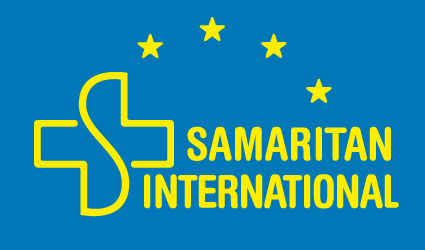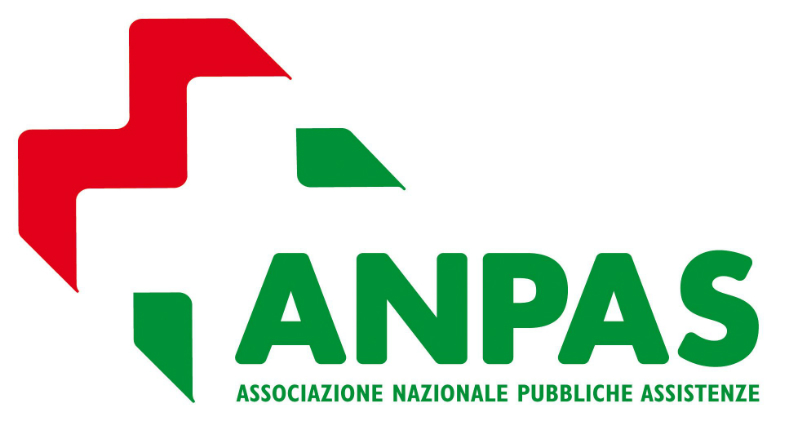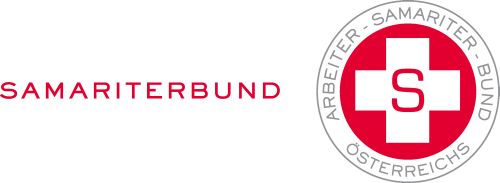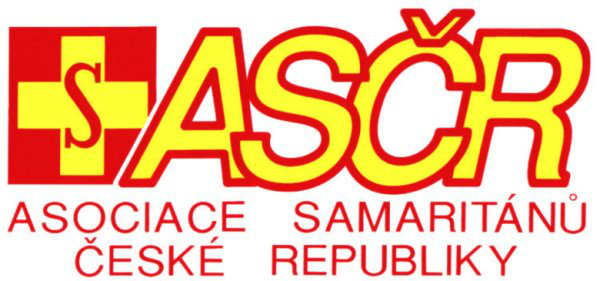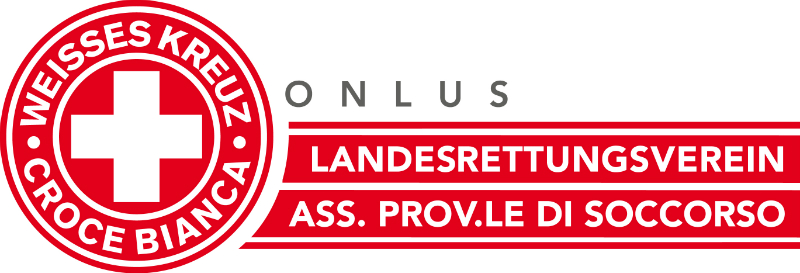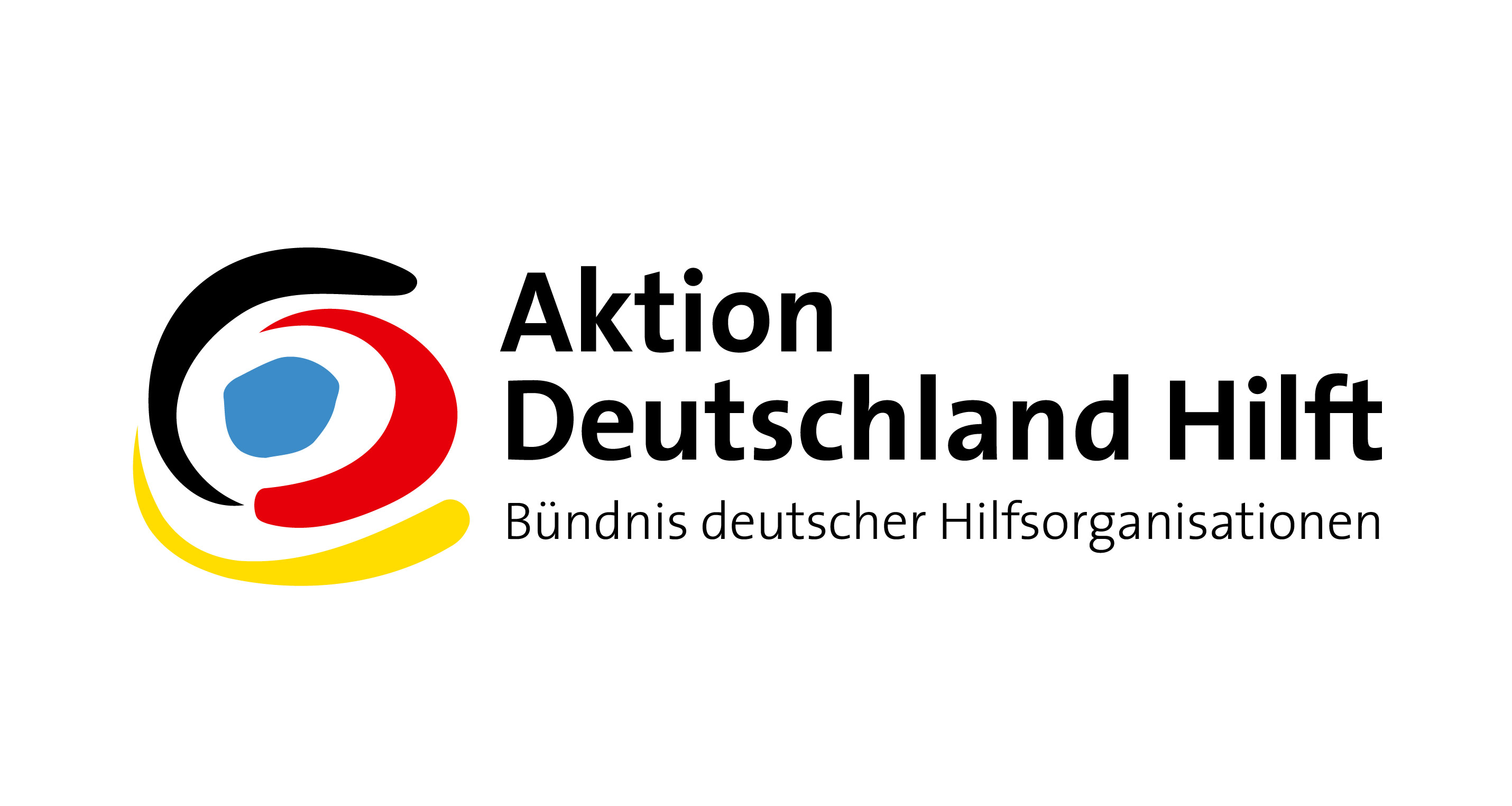Cross-Border Samaritan Flood Preparedness
Mutual cross-border support in flood relief among the Samaritan organisations in SAMARITAN INTERNATIONAL (SAM.I.)
The devastating floods in Central- and Eastern Europe in 2013 were only the latest demonstration that natural disasters are not contained by national borders. It is the firm belief of the European Samaritans that neither should be disaster relief. Already back then, there were several bilateral deployments of Samaritan relief workers to the countries of fellow SAM.I. member organisations. While these ad-hoc operations already were good examples of what neighbourly support among relief organisations can mean, the participating organisations faced many challenges and saw room for improvement for better preparedness.
Taking stock of flood relief in Europe and volunteer involvement
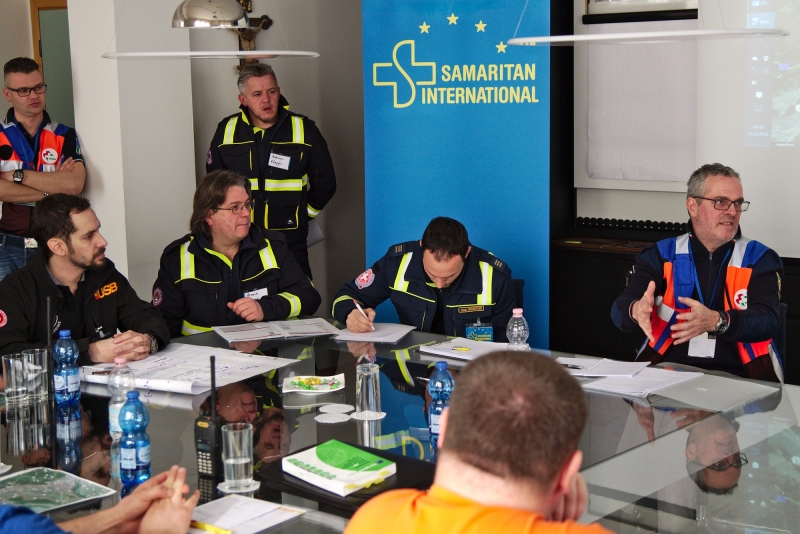 The project Cross-Border Samaritan Flood Preparedness was conceived shortly thereafter. Since the beginning of 2014, eight Samaritan organisations from seven countries have hosted each other for international workshops. The European Samaritans learned about the civil protection systems in their neighbours’ countries, discussed with national stakeholders and decision makers about the role that volunteer disaster relief workers play or could play in the future, and were introduced to European best practices. In the process, they learned about each other’s capacities and capabilities, expanded them as needed with a focus on flood relief, and developed a cross-border process chain for mutual support. Over the course of the project, intermediate results were presented at several large civil protection trade fairs, such as the 112 Rescue Forum in Banská Bystrica, Slovakia or Civil Protect in Bolzano, Italy.
The project Cross-Border Samaritan Flood Preparedness was conceived shortly thereafter. Since the beginning of 2014, eight Samaritan organisations from seven countries have hosted each other for international workshops. The European Samaritans learned about the civil protection systems in their neighbours’ countries, discussed with national stakeholders and decision makers about the role that volunteer disaster relief workers play or could play in the future, and were introduced to European best practices. In the process, they learned about each other’s capacities and capabilities, expanded them as needed with a focus on flood relief, and developed a cross-border process chain for mutual support. Over the course of the project, intermediate results were presented at several large civil protection trade fairs, such as the 112 Rescue Forum in Banská Bystrica, Slovakia or Civil Protect in Bolzano, Italy.
A mechanism to initiate and conduct cross-border relief deployments
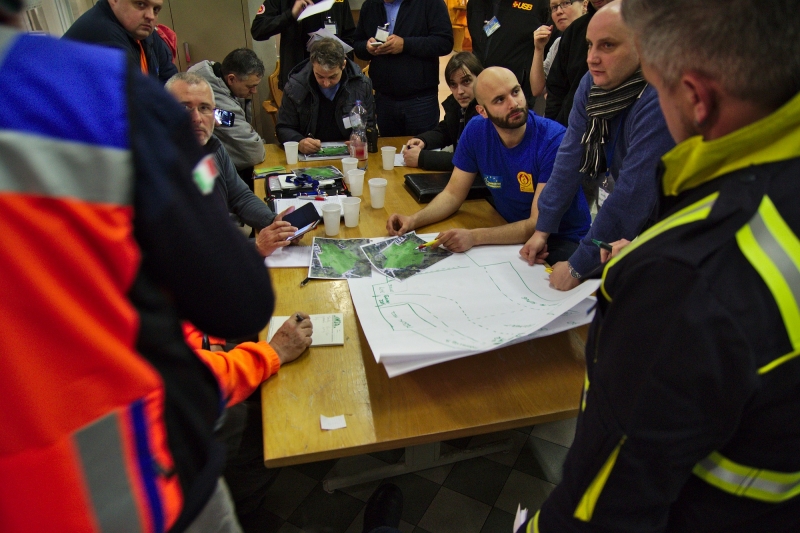 The deployment-ready capacities of the SAM.I. members were defined in so called “Cross-border Assistance Teams” or C.A.T.s. With the new SAM.I. flood relief process chain, member organisations in need of support can call upon the specific capacities and abilities of the others to better conduct flood relief in their home countries. With this low-threshold mechanism, the SAM.I. network has created a tool of neighbourly support, which allows volunteer organisations of different sizes to take their civic commitment to the European level.
The deployment-ready capacities of the SAM.I. members were defined in so called “Cross-border Assistance Teams” or C.A.T.s. With the new SAM.I. flood relief process chain, member organisations in need of support can call upon the specific capacities and abilities of the others to better conduct flood relief in their home countries. With this low-threshold mechanism, the SAM.I. network has created a tool of neighbourly support, which allows volunteer organisations of different sizes to take their civic commitment to the European level.
The C.A.T.s and the process chain were already successfully put to the test in a table top exercise, which took place in Bolzano in February 2016. A field exercise took place in April 2016, when the results of the project were put into practice in Hornstein, Austria.
Evaluation of results is ongoing and will conclude with an evaluation meeting.







